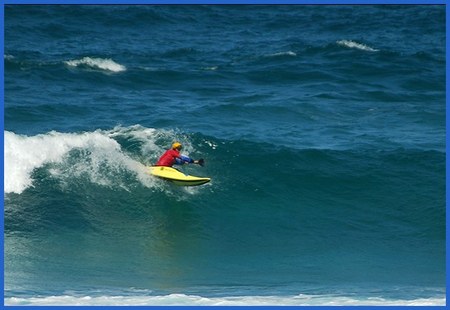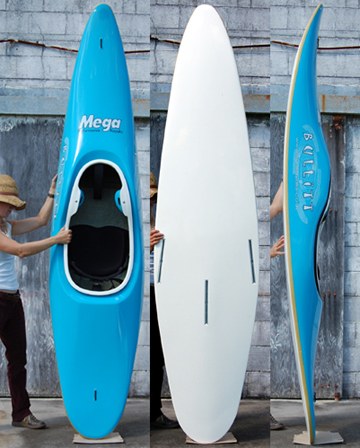
As Mountaineers, we are committed to learning from our experiences. We examine every incident that happens on a Mountaineers trip for opportunities to improve the ways we explore and teach. Our volunteer safety committee reviews every incident report and picks a few each month to share as examples of ‘Lessons Learned’. The trip report below describes what happened on this trip, in the leader’s own words, and outlines the lessons the leader has identified. In some cases, we offer additional key learnings from the incident.
Sharing incidents creates an opportunity to analyze specific incidents and also identify larger incident trends. We appreciate every volunteer trip leader who takes the time to share their incidents and near-misses so that others can benefit. We ask that readers engage critically and respectfully in the spirit of sharing and learning.
Clallam Bay State Park, WA – 22 February
FROM THE INCIDENT DATABASE: LEADER INCIDENT REPORT
LEADER
On Friday, February 22 while landing at Clallam Park East, my surf kayak got trapped by dumping surf and significantly damaged. No one was hurt, but there was some challenges in the process of retrieving the boat.
On that Friday we were driving to Hobuck beach and stopped several places along the straight looking for surfable waves. At Clallam Bay we saw a wave breaking on a reef at the east end of the bay. We drove to Clallam Park East and launched from the beach there. The beach was steep gravel. At launch time, moderate waves made dumping surf which presented some small difficulty in launch, but no significant problems.
We paddled to the reef. The breaking waves were bigger, more extensive than what we saw from shore. We decided conditions were not safe for surfing there. We paddled out into the bay then back to the launch point. We were sure that the swell had increased since launch. From the sea side, waves breaking on the beach appeared larger.
The first of us to land exited his boat well, then got knocked down several times as he struggled to bring his boat out of the surf.
I was padding a “Mega Bullett S” surf kayak. I had the following considerations with this smaller boat. I would take me longer to exit the cockpit. Waves were close enough that I would likely be caught still part in the boat by a following wave. The boat had fixed fins that I preferred to not drag in the gravel. The boat was more likely to be tossed end-over-end by a large wave. Based on these, I decided to exit the boat outside the surf and “swim it” in.
Swimming the boat went slower than expected. The small waves that may have been manageable, passed under me and then a large came. I did not want to be tumbled in the wave along with the boat so I pushed off to the side. I struggled through several waves, got my feet under me, and looked for the boat. I expected to be able to grab it and pull it up the beach
This did not happen. The breaking waves would push the boat up and then the water rushing back down the beach would pull it back into the next breaking wave. It circulated there, out of my reach. The water in the boat pushed all the floatation out of the boat, which we collected. I was able to swim out to the boat but realized that I could not move it and would expose myself to danger if I stayed with it. Next, I swam tow rope to the boat, connected it, and swam myself back while others pulled my boat in. By the time we recovered it from the surf the fiberglass had been significantly damaged in multiple places.
There were two critical decisions in this process. First was to land at this beach at all. We were aware of how much the surf had increased but did not gauge the difficulty of landing through it. If we had, we may have chosen an alternate. We could have paddled west to find a more protected landing. Within a mile or two there was a boat ramp behind a break water that would have provided easy landing. We didn't consider this because we didn't judge the landing to be too difficult.
The second critical decision was my going back into the surf to the boat. The waves were large and broke with considerable power. Each time I went in, a large set would knock me off my feet and sweep me back and forth several times. I was always able to get to the boat and back, but it was difficult.
The last time I swam out, we considered attaching a tow line to me (belt around my waist) but I rejected that because we did not have enough for me and the boat. Also, some risk of getting entangled when I was knocked down by the surf. I did hold the line and could have been pulled back by that - as long as I retained my grip and until I connected it to my boat.
Lessons Learned
LEADER
I took a small risk recovering my boat. I was able to move myself in and out of the surf but it was difficult.
Faced with same situations again, 85% I would paddle to the safer landing and 65% would swim out to recover my boat. I would not let anyone else go into that surf without a freaking line on them.
 “Mega Bullett S” Surf Kayak. Top, bottom, and side views.
“Mega Bullett S” Surf Kayak. Top, bottom, and side views.
 David Shema
David Shema